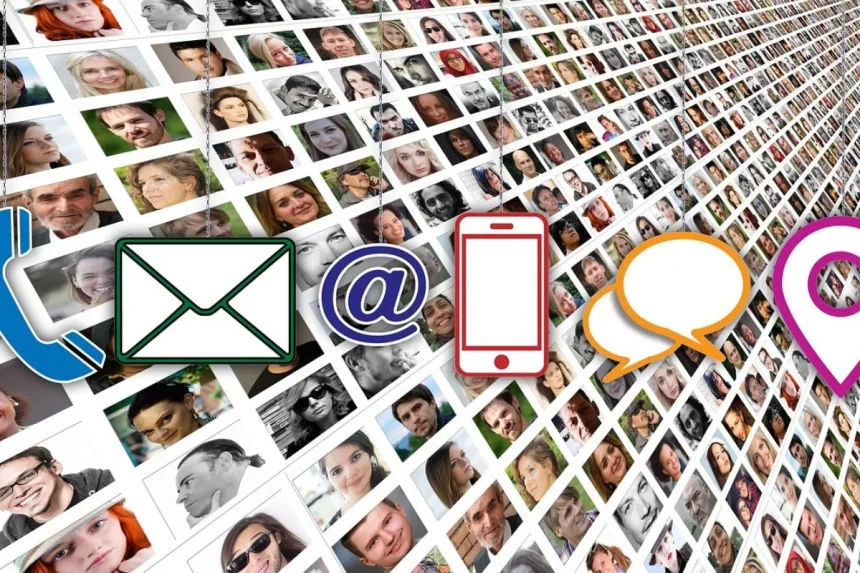Social media has become an integral part of daily life for many, particularly the youth. Platforms like Instagram, TikTok, Snapchat, and Twitter dominate the digital landscape, influencing the way young people communicate, consume information, and perceive the world. This article delves into the trends shaping youth engagement with social media, the associated risks, and the potential benefits that these platforms can offer.
Trends in Youth Engagement with Social Media
1. The Rise of Visual Content
One of the most significant trends in youth engagement with social media is the shift towards visual content. Platforms such as Instagram and TikTok have popularized short videos and image-sharing, catering to the shorter attention spans and visual preferences of younger users. These platforms have become spaces for creative expression, with users leveraging filters, effects, and editing tools to enhance their content.
2. The Influence of Influencers
Influencers have emerged as powerful figures in the social media landscape, particularly among youth. These individuals, often with substantial followings, shape trends, opinions, and purchasing behaviors. Young people look up to influencers for lifestyle inspiration, fashion tips, and even advice on personal issues. This trend underscores the blurring lines between traditional celebrity culture and social media fame.
3. The Shift to Private Spaces
While platforms like Facebook and Twitter are still relevant, there is a noticeable shift towards private and ephemeral communication. Apps like Snapchat and Instagram’s Direct Messaging feature allow users to share moments and have conversations that disappear after a short period, providing a sense of privacy and immediacy.
4. The Role of Memes and Humor
Memes and humorous content have become central to social media engagement among youth. These elements serve as a means of social commentary, cultural expression, and community building. Memes often reflect current events, societal trends, and common experiences, making them highly relatable and shareable.
Risks Associated with Social Media Use

1. Mental Health Concerns
One of the most discussed risks of social media use among youth is its impact on mental health. Research has shown a correlation between excessive social media use and issues such as anxiety, depression, and low self-esteem. The constant comparison to others, cyberbullying, and the pressure to maintain a curated online persona can contribute to these negative outcomes.
2. Privacy and Security Issues
The extensive sharing of personal information on social media platforms raises significant privacy and security concerns. Youth may not always be aware of the long-term implications of sharing personal details, which can lead to issues such as identity theft, cyberstalking, and unauthorized data usage.
3. Addiction and Time Management
Social media can be highly addictive, with features designed to keep users engaged for as long as possible. This can lead to poor time management, distraction from academic responsibilities, and reduced face-to-face interactions. The constant need to check notifications and updates can also disrupt sleep patterns and overall well-being.
4. Exposure to Inappropriate Content
Despite efforts to regulate content, social media platforms can expose young users to inappropriate or harmful material, including violence, explicit content, and misinformation. This exposure can have detrimental effects on their development and worldview.
Benefits of Social Media for Youth
1. Enhanced Communication and Connection
Social media platforms provide powerful tools for communication and connection, allowing youth to maintain relationships with family and friends, regardless of geographical barriers. These platforms can also facilitate new connections and friendships based on shared interests and experiences.
2. Access to Information and Resources
Social media serves as a valuable source of information and resources. Educational content, news updates, and self-help resources are readily available, enabling youth to stay informed and access support when needed. Platforms like YouTube and Instagram also offer tutorials and learning opportunities on a wide range of topics.
3. Opportunities for Self-Expression
Social media provides a platform for creative self-expression, allowing youth to share their thoughts, art, music, and other forms of content with a broad audience. This can foster a sense of identity, boost confidence, and provide opportunities for recognition and feedback.
4. Advocacy and Social Impact
Youth are increasingly using social media for advocacy and social impact. Platforms allow them to raise awareness about important issues, mobilize support for causes, and participate in activism. This engagement can empower young people to become more socially conscious and involved in their communities.
Balancing Risks and Benefits
To maximize the benefits of social media while mitigating the risks, it is crucial to adopt a balanced approach. Here are some strategies for achieving this balance:
1. Education and Awareness
Educating youth about the potential risks and responsible use of social media is essential. This includes understanding privacy settings, recognizing the signs of cyberbullying, and being critical of the information they encounter online. Schools, parents, and communities can play a significant role in this educational process.
2. Encouraging Healthy Habits
Promoting healthy social media habits, such as setting time limits, taking regular breaks, and prioritizing face-to-face interactions, can help prevent addiction and negative impacts on mental health. Encouraging activities that do not involve screens, such as sports, hobbies, and outdoor play, is also important.
3. Providing Support Systems
Having robust support systems in place can help youth navigate the challenges of social media use. This includes access to mental health resources, safe reporting mechanisms for cyberbullying, and supportive adults who can provide guidance and assistance.
4. Fostering Positive Online Communities
Encouraging the development of positive online communities where kindness, respect, and constructive feedback are valued can help counteract the negative aspects of social media. Highlighting and celebrating positive behaviors and role models can also make a significant difference.
Conclusion
Social media is a powerful force that shapes the lives of young people in myriad ways. While it offers numerous benefits, such as enhanced communication, access to information, and opportunities for self-expression, it also presents significant risks, including mental health concerns, privacy issues, and exposure to inappropriate content. By adopting a balanced approach that emphasizes education, healthy habits, support systems, and positive online communities, we can help youth navigate the complexities of social media and harness its potential for good. As social media continues to evolve, ongoing dialogue and adaptation will be crucial to ensuring that it remains a force for positive impact in the lives of young people.
Get more info: https://www.timelinetale.com/







